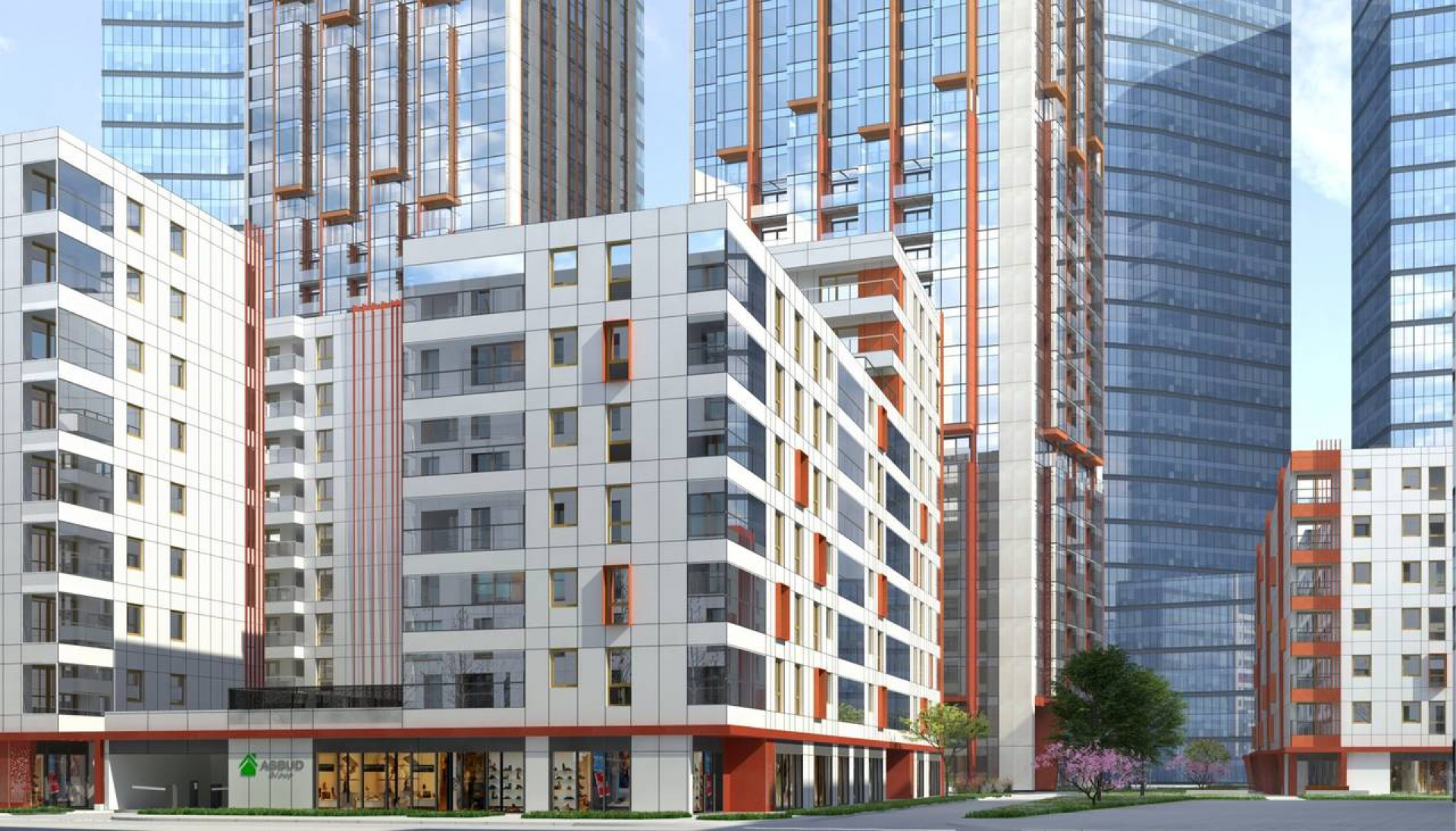
Course: Principles of Town Planning and Architecture
Teacher: Dr ing. Arch. Joanna Ways
Academic year: 2025/2026
The seminar includes preparing content and completing three tasks:
1. PRESENTATION,
2. WRITTEN WORK,
3. POSTER
It is recommended that each topic be from a different period, including modern/contemporary.
Topics cannot be duplicated, either among students or within the same student's assignments.
The declaration of selected topics and the dates for the presentation and submission of the written work and poster
are to be agreed with the teacher during the first or second class.
For each task, you must choose one of the topics listed below:
ANCIENT GREECE AND ROME, BYZANTIUM
1. Classical Greek orders versus classical Roman orders. Examples of buildings in each order.
2. Public space in ancient cities: Greek agora versus Roman forum.
3. Comparison of Greek and Roman houses based on selected examples.
4. Spatial layout of Roman town based on selected examples. Its reference to Castrum Romanum
5. Ancient theater and its origins. Comparison of Greek and Roman theaters.
6. Greek temple versus Roman temple. Its references to Etruscan temples.
7. Roman public buildings: amphitheaters, theaters, circuses.
8. Roman technical infrastructure: roads, bridges, aqueducts. Form, structure, material
BYZANTINE EMPIRE, EARLY CHRISTIAN ERA, ISLAM
9. Specific structural solutions for Byzantine buildings. Form and function of the structures. Examples of the preserved buildings.
10. Principles of creating sacral buildings in early Christian era – spatial arrangements, structural elements, forms.
11. Origins of Islamic architecture. Functions, forms and structures of mosques.
MIDDLE AGES – ROMANESQUE AND GOTIC ARCHITECTURE
12. Sacral Romanesque buildings in European review. Principles of location, connection with the medieval city.
13. Gothic cathedral. Types of Gothic structures. Examples of selected hall churches and basilica churches.
14. Features of French Gothic. Sacral buildings' facade proportions. Differences in buildings plans.
15. German Gothic. Different plans, facades, proportions etc.
16. Gothic in England. Early English, Decorated Gothic, Perpendicular Gothic. Basic characteristics.
17. Medieval civic architecture. Town halls, commercial facilities, houses
18. Medieval military architecture. Castles, fortified structures, defensive walls
19. The medieval town. Spatial layout and functional profile. German town law.
RENAISSANCE, BAROQUE, NEO-CLASSICISM
20. Renaissance in Italy. Early Renaissance buildings. Filippo Brunelleschi
21. Renaissance in Italy. Michelangelo Buonarotti’s works. Architectural and urban projects
22. Selected artists of Italian Renaissance and their works.
23. Renaissance in Europe. France, Germany.
24. Baroque in Italy. Different trends in Italian Baroque: Bernini, Borromini, Guarini.
25. Baroque in France. Entre cour et jardin: Versailles.
26. Neo-classicism in Europe. Inspirations, characteristics, examples.
HISTORICISM, INDUSTRIAL REVOLUTION
27. Historicism as a trend in 19th-century world architecture based on the imitation of the style of past eras. Characteristics based on selected examples.
28. Industrial revolution in architecture. Cast iron, steel and glass as new building materials.
29. Early skyscrapers. American examples. Louis Sullivan and his motto, “Form follows function.”
ART NOUVEAU, MODERN ARCHITECTURE
30. Art Nouveau (1890-1910). Origins, local variations, selected examples.
31. Ebenezer Howard's Garden City concept
32. Bauhaus and German modernism
33. International Style in architecture
34. Mies van der Rohe. The most important buildings. The idea “Less is more”
35. Frank Lloyd Wright and his works. The concept of organic architecture
CONTEMPORARY ARCHITECTURE
36. High-tech architecture. Architects, features, examples.
37. The idea of postmodern architecture. Buildings. Architects.
38. Deconstructivism as a movement of postmodern architecture. Unpredictability and controlled chaos.
39. New and old. Adaptation and extension based on chosen examples.
40. Sustainable architecture. Sustainable energy use and building materials
- Trainer/in: JOANNA WAYS